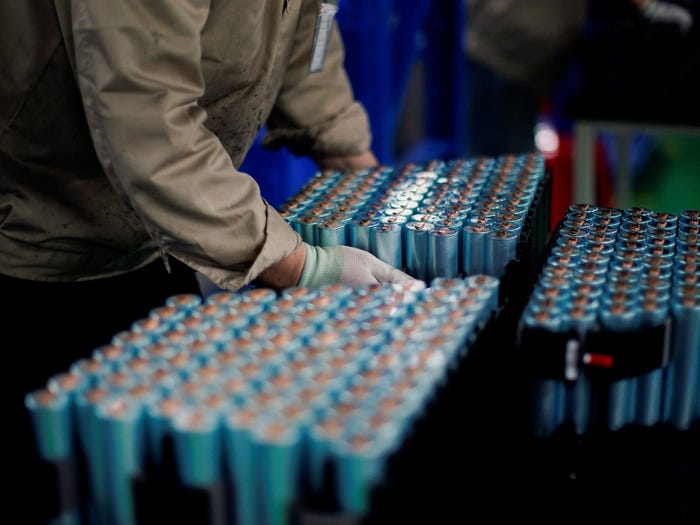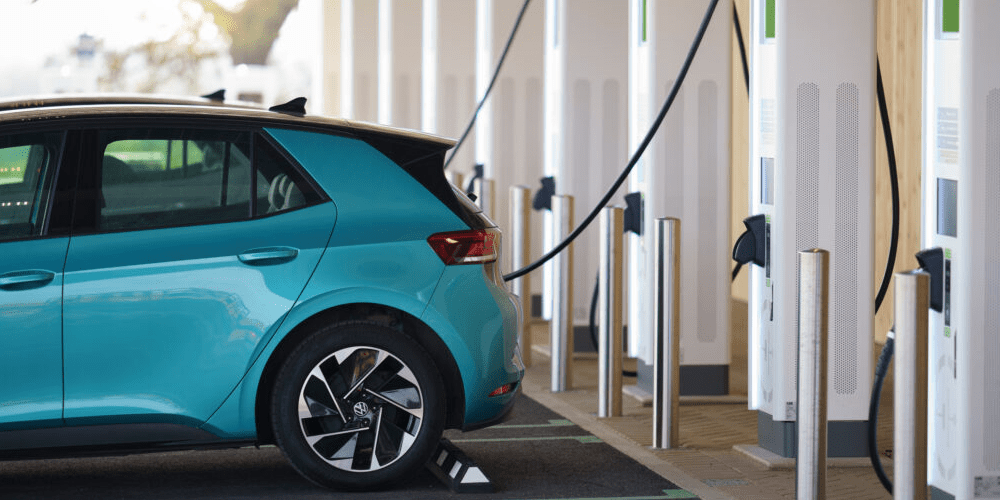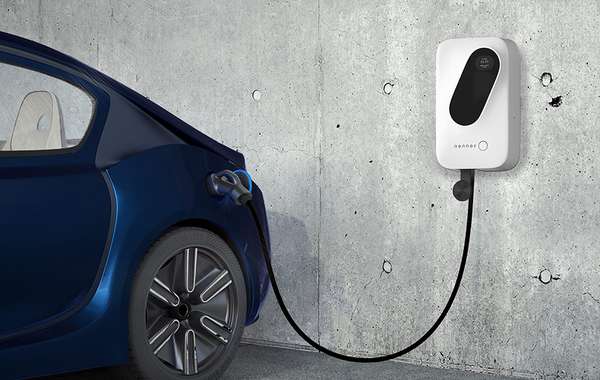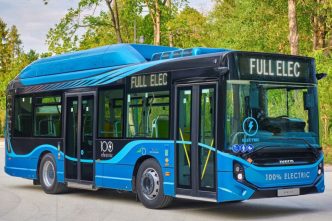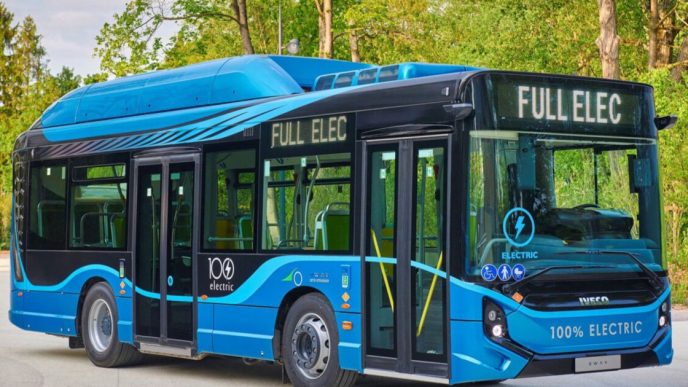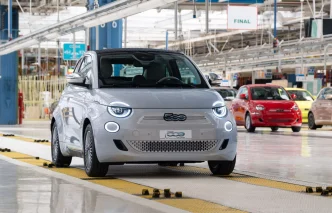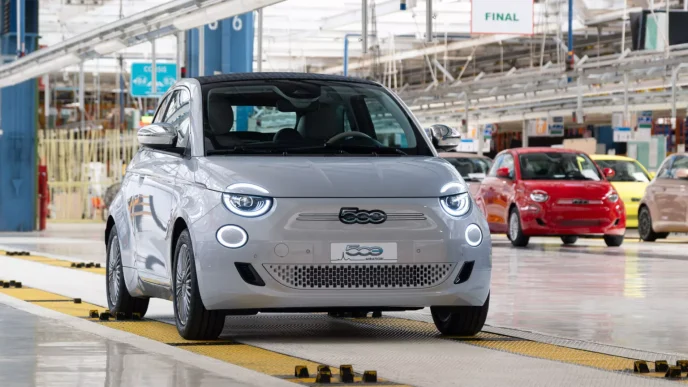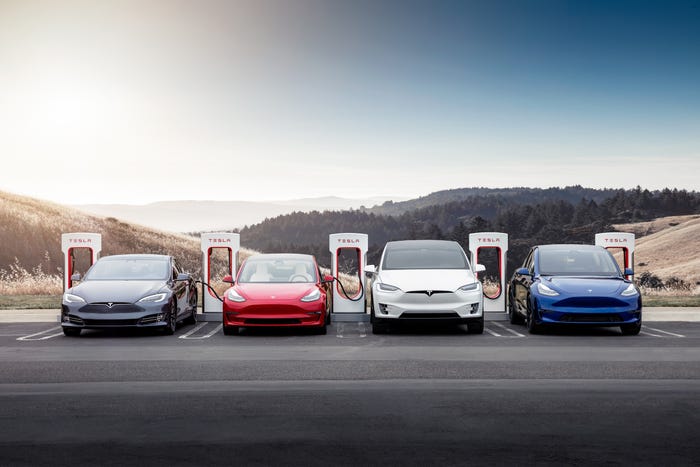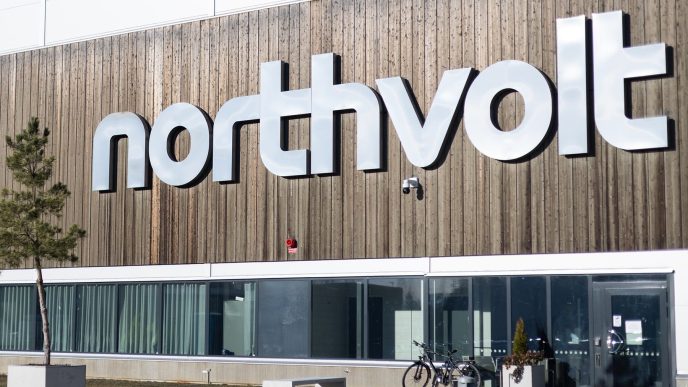2022 may be heralded as the year that critical minerals took center stage in the global quest to electrify mobility. Legislative efforts such as the Inflation Reduction Act and the Bipartisan Infrastructure Law, which provide significant incentives to strengthen the domestic electric vehicle (EV) supply chain, have served to focus increased attention on the crucial role of minerals in pushing EV adoption.
However, automakers have voiced concern over the feasibility of stipulations placed on these incentives, particularly the requirement that 50 percent of critical minerals used in EV batteries be sourced from North America or a US free-trade partner by 2024 and at 80 percent by 2026. While automakers increasingly prioritize domestic critical mineral mining, the domestication of other components of the supply chain must not be neglected. The rising tide needs to lift ALL boats.
Most critical minerals are not currently mined in the United States or not mined in any appreciable volumes as compared to the projected demand; for example, only 2 percent of the world’s annual supply of lithium is currently sourced in the US. Similarly, no natural graphite was either mined or processed in the US in 2021. Although efforts are underway to expedite the permitting process, currently, state and federal approval for a mine can take more than a decade. This poses a serious issue as demand for these minerals is set to increase by 400-600 percent over the next few decades.
Tensions between the desire to domesticate the supply chain versus continuing dependence on exports to reach EV production goals are only bound to intensify as a result. Without the necessary domesticated minerals, many automakers and prospective EV owners will be ineligible for the tax incentives as currently offered by recent legislation, potentially impeding the move to electrification of mobility and the clean energy transition. As a result, mineral sources in neighboring countries such as Canada and other trade-friendly regions are being explored until domestic sources can be brought online.
That said, the EV supply chain is not solely dependent on the mining of the minerals; the minerals must also be processed and refined from raw materials into the specialized finished products that are required in EV batteries. By prioritizing the processing and refinement of these minerals in the US, meaningful progress can be made towards domestication goals and the promotion of stability in the supply chain.
Currently, China remains the dominant player in mineral processing, controlling up to 90% of the midstream supply chain. However, bringing technological knowhow and expertise from overseas to the US can expedite the domestication of the supply chain while efforts to open mines advance. In fact, midstream processing and refining facilities can take between only 6 to 24 months to establish. Significant progress has already been made, with federal investments specifically awarded to manufacturers and processors.
In all, domesticating the EV supply chain requires a holistic consideration of every stage of the battery-making process. Focus on expanding midstream processing and manufacturing stands as one of the most immediate and critical ways to decrease foreign reliance within the short-term. Progress to date has been promising and with proper further investments and legislative actions, the transition to an all-electric future may continue on a (mostly) smooth glide path.

